Description
The weightlessness method is the best-known and simplest corrosion monitoring technique. This method involves continuously exposing a specified material (hangings) to the production environment over some time and then removing the hangings for analysis. The most basic is to measure the weight loss caused by corrosion, that is, the weight loss; corrosion rate was determined by the weight lost during exposure.
The simplest corrosion monitoring method provided by corrosion hangers (reference method) is the most basic method of many corrosion monitoring techniques.
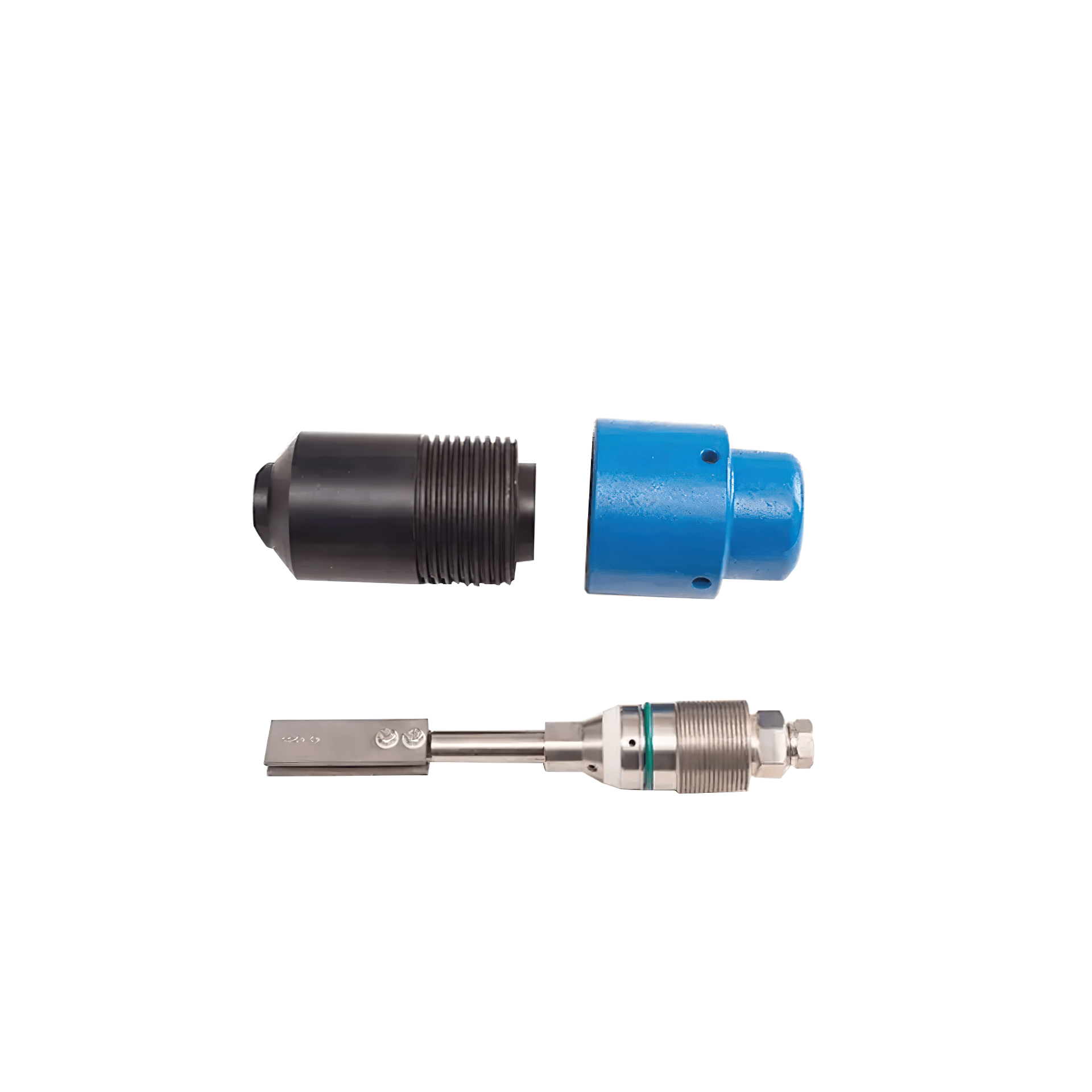
The advantages of weightless hanging are as follows:
The technology is suitable for any environment, including gas, liquid, and solid particulate fluids:
Visual inspection can be carried out;
Corrosion deposits can be observed and analyzed;
Weight loss and corrosion rates are readily available;
Local losses can be recognized and measured;
Corrosion inhibitors can be easily evaluated.
Preparation and cleaning of hanging pieces
The initial treatment of the hanging surface and the cleaning technique after use are very important to obtain useful data. The correlation and repeatability of weightlessness data are very sensitive to the inherent adaptability of monitoring techniques, so great care should be taken when executing them.
Surface polishing technology is also widely used. Spray glass beads, sand or other polymeric materials can meet surface requirements in some situations. Belt grinding, single – and double-sided grinding stone grinding can obtain a good metal surface.
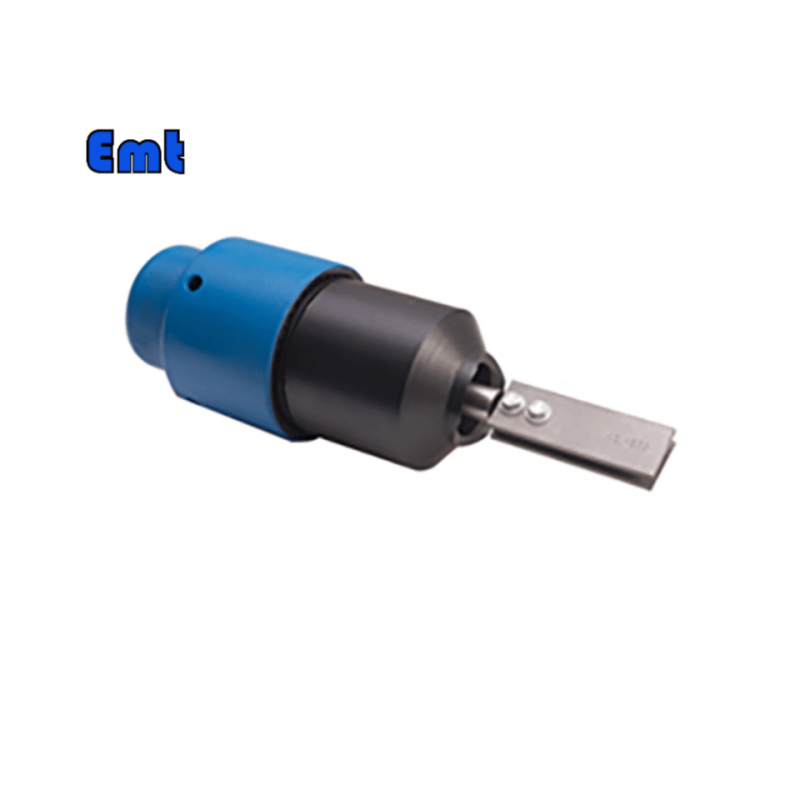
The advantages of the hanging piece test
Mounting tests are relatively inexpensive, easy to implement, and allow the evaluation of multiple materials and a single material. It is possible to test alloys with different chemical compositions and different metallography (e.g. heat treatment effects, microstructure, welding, and stress). Mounting tests are well suited to specific types of corrosion assessment, such as crack corrosion and current corrosion.
Corrosion hanging piece test
Corrosion mounts are an inexpensive and effective way to monitor the rate of corrosion of any system or structure. However, getting useful results from testing is not as simple as measuring weight loss and using a formula to calculate the average corrosion rate. Surface polishing, mounting placement, and test time all significantly affect the quality of the data. Here is an overview of corrosion mount testing and how to get the most reliable data.
Corrosion hitch testing is an internal pipeline monitoring technique where the hitch is placed directly in industrial fluids and removed for measurement. This technique provides a direct measurement of metal loss and then calculates the average corrosion rate. When corrosion mounts are used, the results do not depend on the phase of the measured fluid.

Benefits of corrosion coupon testing
Protect you from complaints from competitors about poor quality corrosion control systems. A competitor may try to doubt the effectiveness of your corrosion control system. By placing a hanging piece in the process and applying your inhibitor, then compare the surface and weightlessness of the hanging piece and the effect of applying the chemical agent. Look at where these hangers are placed in the process. Your hangers are likely placed in a high-speed pipe using copper wire, while your competitors’ hangers are placed on an insulating rod and in a deoxygenated environment.
Monitor the effectiveness of your seller’s corrosion control system. If you hire a seller to conduct corrosion monitoring services, setting up your hangings to evaluate their results may be a cost-effective way to save money and ensure that you are getting what you are paying for.
Evaluate the performance and dose levels of corrosion inhibitors. The micro test and weight loss data of the hanging surface are useful tools to evaluate the long-term performance of corrosion inhibitors.
Monitor cleaning procedures and shutdowns. Placing the hanger in the process during cleaning or closing and removing it before starting can identify corrosion damage occurring during this time.
Corrosion monitoring can be used in any business where corrosion protection is a major requirement. The specific industries and fields concerned include, but are not limited to:
Oil and gas production: oil pipeline, collection system, transportation pipeline, water injection facilities, containers, treatment facilities, water system, chemical agent filling system, drilling mud system, water washing system, and desalination equipment.
Refinery: crude oil overhead pipeline, cracking furnace, vacuum distillation tower, acid water separator, amine system, cooling system.
Pulp and paper: biogas digester, white liquor, boiler system.
Petrochemical industry: Chemical treatment: treatment system, cooling system.
corrosion coupon

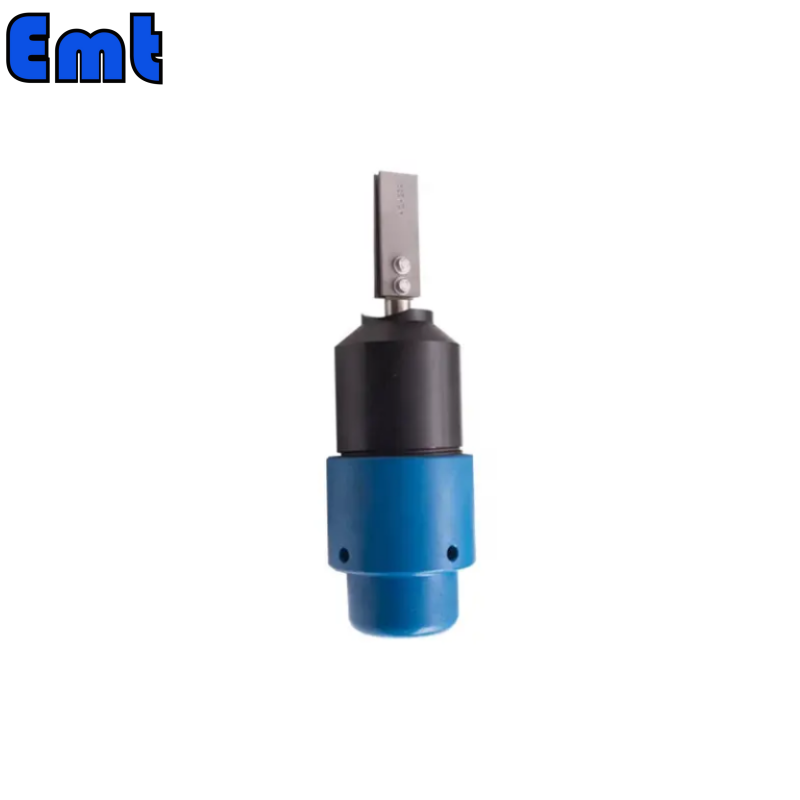
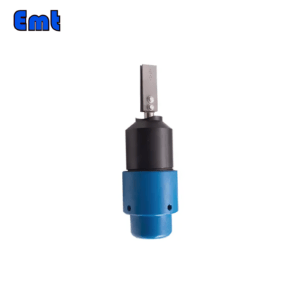

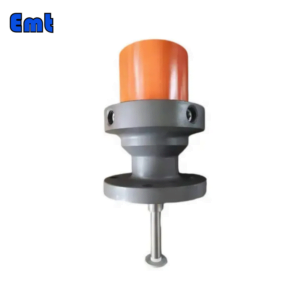
Reviews
There are no reviews yet.